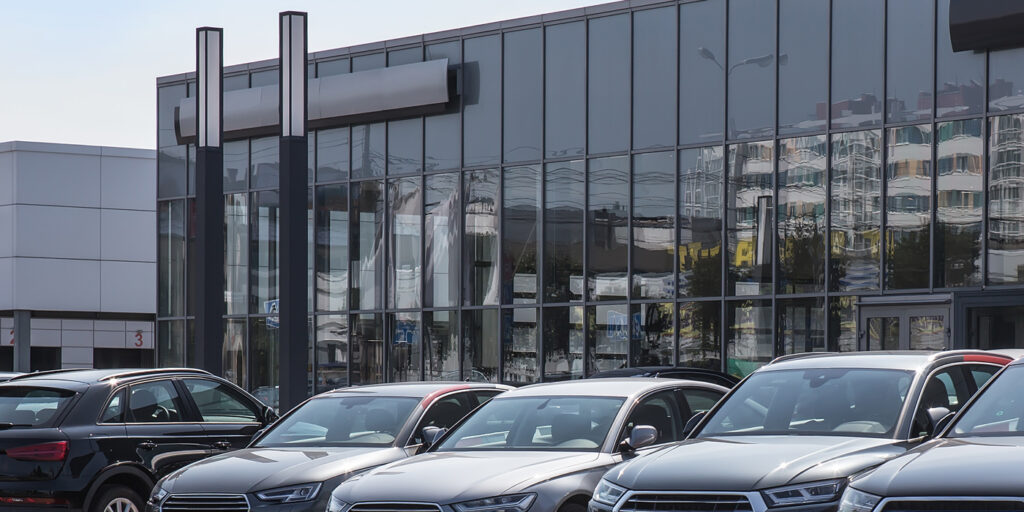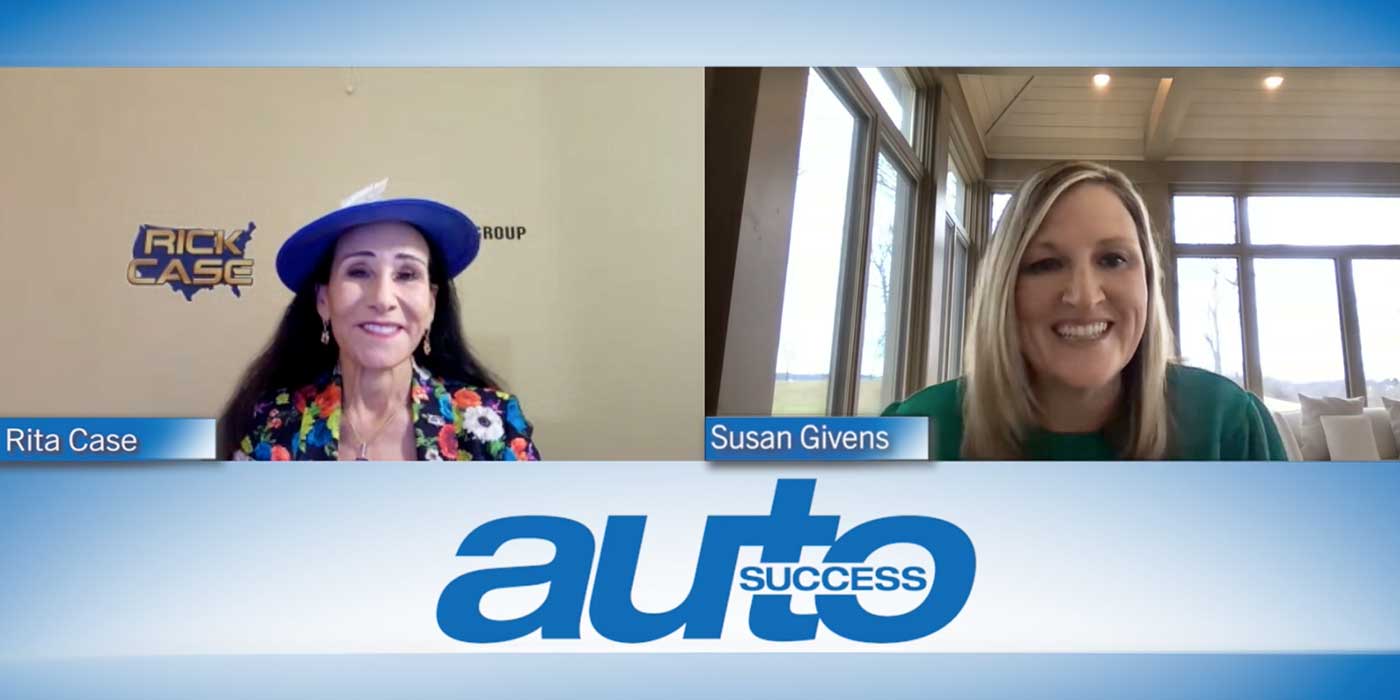How Dealerships Can Learn from the Decline of Brick-And-Mortar Stores
While many brick-and-mortar stores may exist online and on social media, often these brands are shadows of what they once were. A lack of flexibility has ultimately led to their downfall. Dealers can learn from these other industries and brands and from their ability — or lack thereof — to adapt and grow with changing technology and consumer behaviors.
Click HERE for Part 1, where we discussed some of the missteps brick-and-mortars have taken. Here, in Part 2, we’ll look at some positive examples and how dealers can learn from both.
Adopt & Adapt
Shifting gears from the negative examples, let’s look at some positive ones. These companies have entered markets, created new categories and disrupted the way we as consumers consume information, make decisions, spend our time and decide how to spend our disposable income.
Let’s look at Apple first. Apple didn’t invent the PC, portable music players, the software to download music or smartphones. They did, however, master consumer behavior marketing, and they have created a brand and brand loyalists that are arguably the envy of almost any retailer or brand around.
In 2015, Apple made an important and strategic decision to shift what its online and brick-and-mortar philosophy and strategy was. They pushed online sales by doubling down on using its brick-and-mortar stores for education and service (the Genius Bars) and for product exploration.
It’s important to put a spotlight on this because of the distinction that Apple products play in our personal and professional lives. We probably don’t know how to operate these days without a phone, computer and the things that we’re consuming on them. This is very similar to automobiles. Automobiles are a necessity, but how we research, value, decide and buy automobiles will continue to change and evolve, but the necessity remains the same. We need these things to achieve our day to day from both a personal and a professional standpoint.
Now, we’ll shift gears to Amazon. Amazon is nothing short of a phenomenon. Over the past 30 years, Amazon has transformed home delivery, cloud computing, AI enhancements, streaming, the ease of use with respect to e-commerce and the expectations that we all have as consumers. Some of the numbers are staggering. About one in three Americans has a Prime account. That’s about 200 million people globally. Like Apple, Amazon achieved things that were not considered previously. Amazon has changed the game forever with respect to online retailing. They dominate across competitive categories and along the way have created new categories, lines of business and services that support them.
Finally, we’ll look at the success story that is Walmart. They could have gone down the same path as Sears and Kmart, but they clearly haven’t. Every day, about 40 million people walk through the doors of a Walmart somewhere in the world. That is 40 million people who are no longer walking into a Kmart or Sears. Like Apple and Amazon, Walmart figured out a way to stay relevant and created a distinct competitive advantage built on focusing and dominating consumer behavior and marketing.
Amazon, Apple and Walmart have continued to stay relevant through all the changes that have happened over the years. They have found their niche and distinct competitive advantage. Each successful company focuses on understanding and dominating consumer behavior and ultimately how consumers are marketed to and engaged with. Before COVID, Walmart was the largest brick-and-mortar retailer in the world. They were the third-largest online retailer, only behind eBay and Amazon. While Kmart was in bankruptcy court, Walmart saw its online sales grow by 43% in 2018.
When we think about Apple, Amazon and Walmart, there are so many things different about their businesses and business models, but there are so many things similar and there are many behaviors that they consistently exhibit that make them successful. They each understand where and how they win. They each have transformed the way we live our lives in different ways. They each obsess over consumer experience, adoption and behavior — it’s all about metrics. They each understand how to extend their advantages into more competitive advantages. Each one of these businesses is constantly innovating. They’re constantly figuring out how to stay ahead and predicting what the next shift is going to be.
It’s all about innovation, personalization, creating a better user experience and leveraging data and intelligence. Amazon didn’t invent books, streaming or delivery, but they own all that. Walmart did not create supply chain management, but in business schools, they teach everybody what Walmart does.
When thinking about your own dealership or dealership group, think about these four differentiators: innovation, personalization, user experience and how to leverage data and intelligence to make decisions.
Today, inventory and staffing shortages, inflated gas prices and a lot of uncertainty in the market have expedited the need for digital platforms, emphasized the importance of e-commerce and taken content marketing to new levels.
Here are three no-regret decisions that you could and should start implementing right now:
Number one is investing in an infrastructure that allows you to flex around shifting consumer expectations and demands. Number two is to have a strategy and an execution plan to communicate the unique message of your dealership. Communicate that message clearly and consistently across multiple channels. Better yet, do that based on information and data points that truly meet customers where they are and help meet them on their own terms. Number three is take chances. Don’t wait to invest in data that allows you to look beyond the rear-view mirror just because your current systems might be getting by today.
When customers are thinking about their next car or truck, they aren’t necessarily ready to engage or entertain aggressive offers. Data can allow you to predict and personalize beyond the bottom of the funnel. Having a system can help you understand where they are in their research stage.
So, the differences between Sears and Kmart versus Apple, Amazon and Walmart are innovation, personalization, a better user experience tied to data intelligence and how these companies did or didn’t use those elements to engage their customers and differentiate from other companies. Dealerships that understand and embrace new changes can and will shift their focus. They will succeed by putting customer expectations at the center of everything they do. Those who don’t figure this out will be left behind.
Success or failure doesn’t happen overnight, but innovation, personalization in the customer experience and knowing how to use data is going to be the determining factor of who succeeds and who fades.
The ability to leverage data is more important than ever before. It’s ultimately what drives consumer behavior and experiences because what the customer wants and what the customer does determines the final score.














